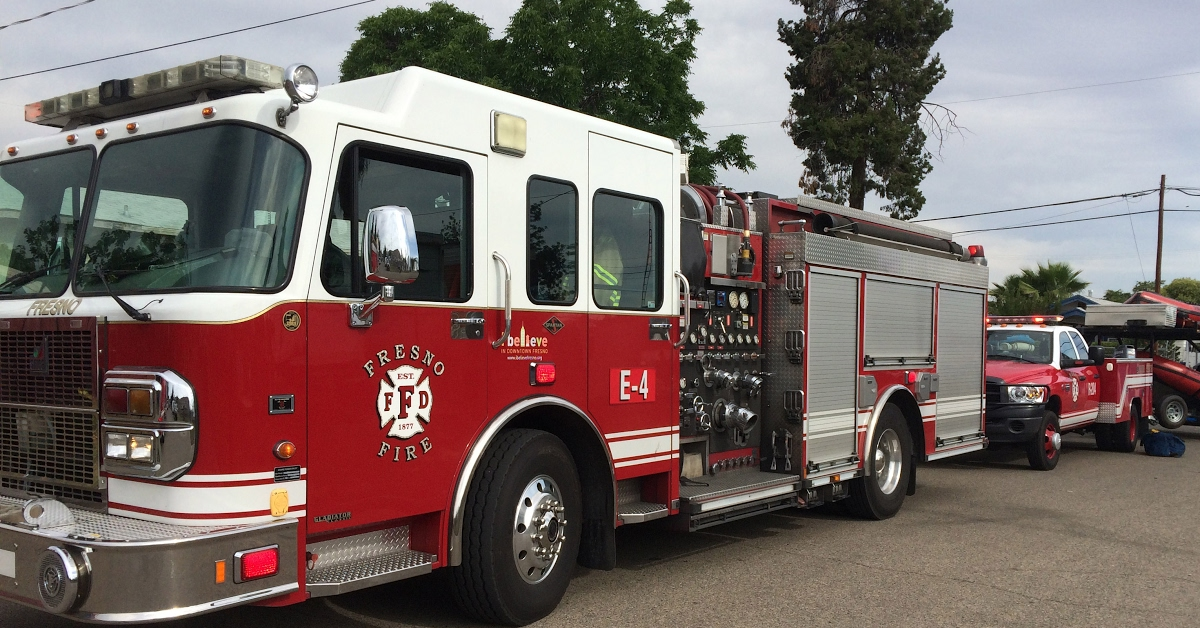Officials at the Fresno Council of Governments are busy helping rebuild the regional transportation network for the 21st century.
I’m guessing COG’s work will be part of the debate in the 2020 Fresno mayoral campaign.
To begin, COG’s Policy Board (for the most part, mayors from throughout the county) recently approved the Fresno County Long-Range Transit Plan. The plan runs to nearly 250 pages. Among the plans aims:
1.) “Integrate the efforts, projects, and future operations of the major transit providers serving Fresno County through the year 2050.”
2.) “Provide guidance for future investments, projects and programs to enhance transit service.”
3.) “Integrate regional bicycle and pedestrian planning with public transit plans and projects.”
The plan’s recommended transit strategies include:
1.) “A unified Transit Web Portal with real time information to allow riders to track buses and plan trips…. The goal is seamless integration of real time information, transfer windows and fare payments.”
The plan notes that Fresno Area Express is already moving aggressively along this front. Anyone who uses the Bus Rapid Transit service knows this. It’s the Clovis transit system and the Fresno County Rural Transit Agency that need to get up to speed.
2.) “More convenient fare and transfer programs…. Employer and school sponsored … bulk purchases of monthly passes.”
Examples, according to the plan: Employee and student pass programs. If I’m not mistaken, FAX, in conjunction with Fresno State and Fresno City College, is also a leader in this regard.
There is no shortage of innovative transportation options out there, the plan notes. For example: Uber and Lyft; volunteer driver programs; community shuttles, with a local nonprofit operating a vehicle owned by a transit agency; vanpools and carpools.
When it comes to public transportation, we tend to think of something like Fresno Area Express – a fixed route service. Fixed route services are expensive and require heavy government subsidies to survive even in relative high-density areas such as Fresno.
Fixed-route service just doesn’t make sense on the outskirts of Fresno and Clovis and within Fresno County’s smaller cities and unincorporated communities.
But, the COG plan says, “even when population size or density doesn’t support regular transit service, a transit option remains a vital need for many residents….”
The reason is simple. People are social. They need access to shopping, entertainment, education and employment opportunities. Too much isolation is debilitating to individuals and societies.
This is why one of the COG plan’s many objectives caught my eye: “Encourage the location of jobs, services, amenities in both rural and urban areas that minimizes the need for long rural to urban vehicle trips.”
Is that possible, especially the part about jobs?
Fresno County is an interesting place when it comes to geography and demographics. The county is a bit more than 6,000 square miles in size.
According to COG’s Title VI report, the county’s estimated population in 2018 was 1,007,229. Fresno is by far the county’s biggest city with an estimated population of 538,330 (53.45% of the total).
Clovis is by far the second biggest city with an estimated population of 113,883 (11.31%). Together, the Fresno-Clovis metropolitan area is home to more than 650,000 people and makes up nearly two-thirds of Fresno County’s population.
All that in an area of about 140 square miles.
Using various government sources, COG reports that Fresno County’s population in 2000 was 36.2% white, 44% Hispanic, 8.1% Asian and 5.3% African-American.
Fresno County’s estimated population in 2015 was 31.2% white, 51.6% Hispanic, 9.6% Asian and 4.7% African-American.
The estimate for Fresno County’s population in 2040 is 25% white, 58.4% Hispanic, 9.7% Asian and 4.2% African-American.
Citing the American Community Survey from 2011-2015, the COG Title VI report says 40% of Fresno County residents lived below 150% of the poverty line; 68.5% of the minority population lived below 150% of the poverty line. Both figures were much higher than what was found throughout California and the United States.
All this brings us to the meeting of COG’s Policy Advisory Committee (mostly city managers) on Friday, May 10. This committee will review applications for Transit-Oriented Development (TOD) funding.
There is $2.03 million in Measure C funds available. There are seven applications from four jurisdictions. Slightly under $2 million is being sought. Staff recommends that all seven applications be approved.
The seven are:
1.) Landmark Commons: Clovis City Hall wants $300,000 to build a sheltered bus stop at the new Clovis Transit Hub.
2.) Fancher Creek Trail Project: Fresno City Hall wants $475,210 for a trail project connecting senior housing in the Fancher Creek community to Fresno Area Express services.
3.) Merced Street Reconstruction Project: Fresno City Hall wants $75,000 for engineering plans that tackle connectivity problems between Hotel Fresno and the Bus Rapid Transit station in Courthouse.
The Hotel Fresno, long vacant, is slated to become an affordable housing project.
The building was once a focal point of activity in a thriving Downtown. Hard to believe, but the site now is hard to get to despite being a very short distance (as the crow flies) from Courthouse Park. The plans being funded with this TOD money are supposed to help the Merced Street Reconstruction Project become “shelf-ready” for future state and federal grants.
4.) Tower District: Fresno City Hall wants $347,860 for the reconfiguration of the transit stop at Van Ness and Olive avenues in the Tower District.
5.) Kings Canyon TOD Connectivity Plan: Fresno City Hall wants $325,000 for a plan that will identify the area along the Kings Canyon BRT corridor that has the highest potential for transit-oriented development. The next step would be creating a station area plan that can be applied regionally.
6.) Selma Downtown/Civic Centre Transit Oriented Improvement: Selma City Hall wants $270,000 to relocate a transit stop and make sidewalk, ramp and crossing improvements at various locations in downtown.
7.) Reedley Family Apartments: Reedley City Hall wants $200,000 to offset development impact fees associated with the second phase of Reedley Family Apartments.
All $2 million would be spent within the Fresno-Clovis metro area or in small cities within an easy commute by car of the metro-area. In other words, with the help of COG decision-makers and Measure C funds, the Fresno-Clovis metro area is already taking significant steps to build an integrated transit system designed to enhance a major urban center – a city, if you will.
Why is that important?
I quote from Alain Bertaud’s “Order without Design: How Markets Shape Cities”:
“Cities are primarily large labor markets and consumer markets. These markets work best when the possibility of contact increases between workers and firms, among firms themselves, and between consumers and commercial and cultural amenities.”
Mobility, Bertaud says, “defines the ability to multiply these contacts with a minimum of time and friction.”
The mayor of Fresno is at the policy-making heart of the biggest urban labor market between Sacramento and Los Angeles. It’s unfair to expect all of Fresno County’s small incorporated cities and its many unincorporated communities to become home to dynamic labor markets.
Fresno County won’t make a significant dent in those appalling poverty numbers until a lot more jobs are created and relatively easily available to the residents who desperately need them.
A successful COG transit plan would enable a lot more ambitious Fresno County residents living in rural areas to make the round-trip to the county’s only reliable job market on a large scale: The Fresno-Clovis metro area. Fresno City Hall has no choice but to take the leading role when it comes to crafting economic policy with a regional viewpoint.
Fresno’s next mayoral term – 2021 to 2025 – figures to be an important time to get to work on this task. I’m talking about jobs and regional transit.
Mayor Lee Brand, seeking a second term, has more than 10 years of experience dealing with such challenges in the political arena. Andrew Janz, the Mayor’s main challenger, is a prosecutor with the Fresno County District Attorney’s Office.
The two should have some interesting debates.











